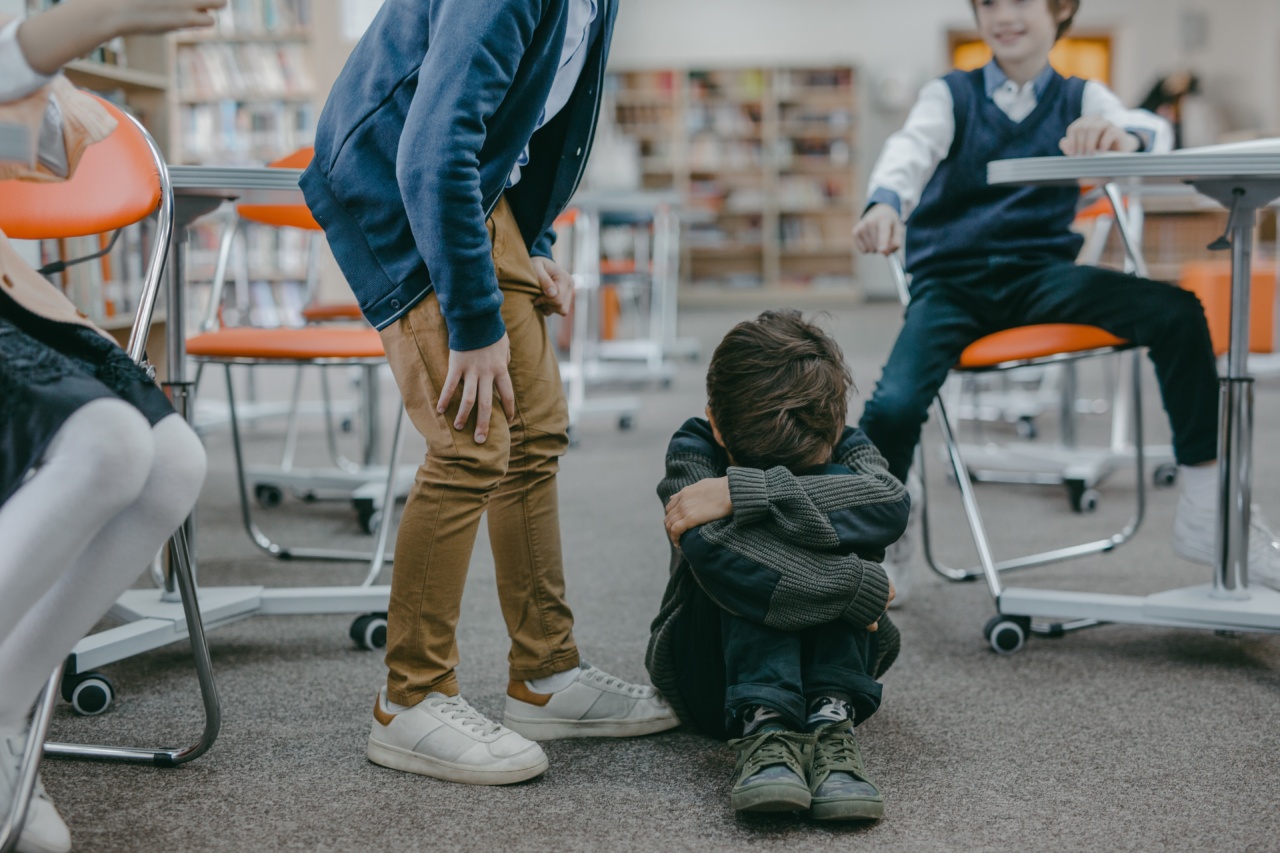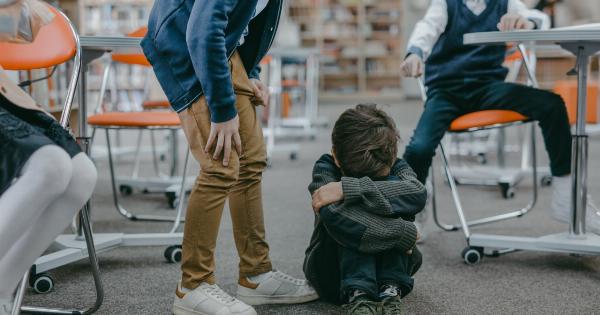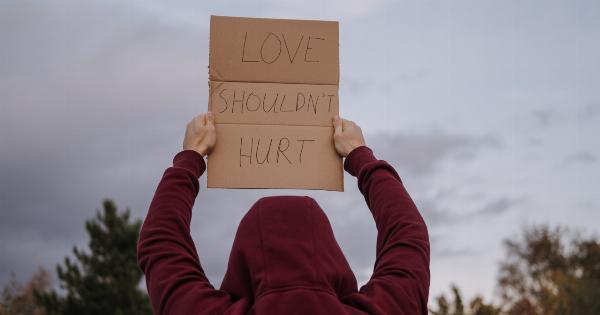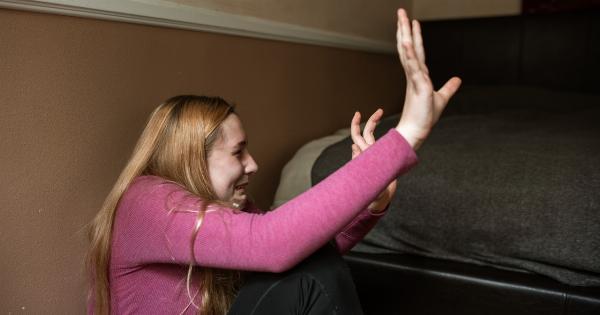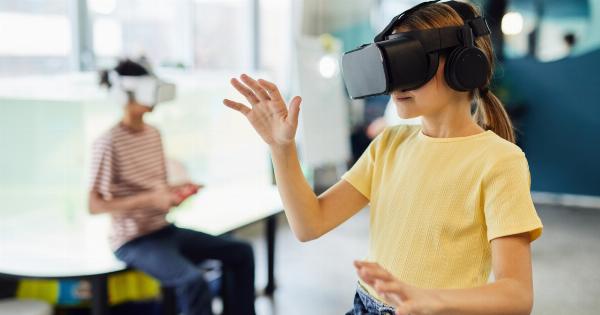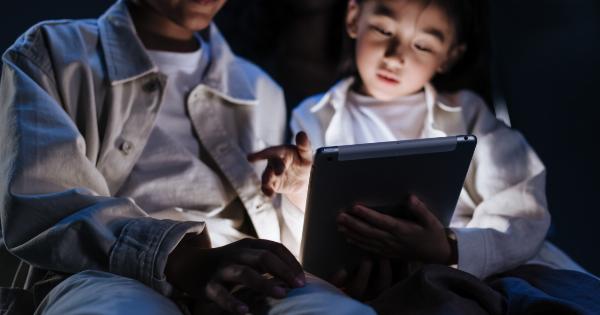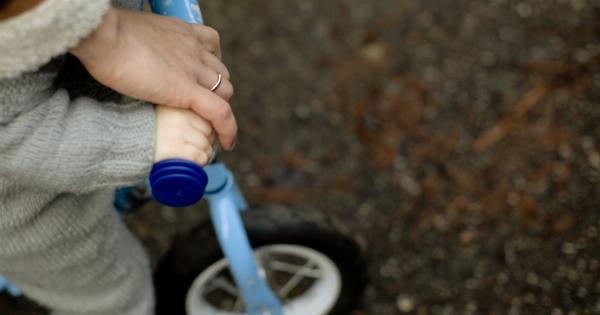Child abuse is a deeply disturbing issue that affects millions of children worldwide. It is a form of maltreatment that can have severe physical, emotional, and psychological consequences.
In this article, we will explore the facts surrounding child abuse, shedding light on its prevalence, types, signs, and the impact it has on the victims.
Prevalence of Child Abuse
Child abuse is a global problem that transcends boundaries of culture, race, and socioeconomic status.
According to the World Health Organization (WHO), an estimated 1 billion children ages 2-17 have experienced some form of physical, sexual, or emotional abuse or neglect in the past year alone. This alarming statistic highlights the urgent need for action to prevent and address child abuse.
Types of Child Abuse
Child abuse can manifest in various forms, including:.
1. Physical abuse: This involves the use of physical force that results in injury or harm to the child, such as hitting, punching, kicking, or burning.
2. Sexual abuse: Sexual abuse refers to any form of sexual activity or exploitation involving a child, including fondling, penetration, or exposing the child to pornography.
3. Emotional abuse: Emotional abuse is characterized by constant criticism, humiliation, rejection, or manipulation, which can significantly impact the child’s self-esteem and emotional well-being.
4. Neglect: Neglect occurs when a caregiver fails to provide the necessary physical, emotional, or educational needs of a child, such as food, shelter, medical care, or supervision.
Signs of Child Abuse
Recognizing the signs of child abuse is crucial in identifying and protecting vulnerable children. Some common signs include:.
1. Physical signs: Unexplained bruises, burns, fractures, or other injuries, especially if they appear repeatedly or in various stages of healing.
2. Behavioral signs: Sudden changes in behavior, such as withdrawal, aggression, anxiety, depression, or extreme fear of certain individuals or situations.
3. Emotional signs: Low self-esteem, poor emotional regulation, difficulty forming secure attachments, or displaying inappropriate sexual behavior for their age.
4. Academic signs: A sudden decline in school performance, frequent absences, or difficulty concentrating.
Consequences of Child Abuse
The consequences of child abuse can be severe and long-lasting, affecting the overall well-being and development of the child. Some common consequences include:.
1. Physical consequences: Physical abuse can lead to physical injuries, permanent disabilities, or even death.
2. Emotional consequences: Emotional abuse can result in low self-esteem, depression, anxiety, post-traumatic stress disorder (PTSD), and difficulties in forming and maintaining healthy relationships.
3. Cognitive consequences: The chronic stress and trauma associated with child abuse can impair cognitive development, leading to learning difficulties and decreased academic performance.
4. Interpersonal consequences: Child abuse can affect a child’s ability to trust others, form secure attachments, and develop healthy social relationships.
Prevention and Intervention
Preventing and intervening in cases of child abuse requires multi-faceted approaches involving individuals, communities, and governments. Some key strategies include:.
1. Education and awareness: Raising awareness about child abuse, its signs, and available resources for support can empower individuals to identify and report cases of abuse.
2. Strengthening child protection services: Governments should invest in robust child protection systems that include accessible and responsive helplines, counseling services, and safe shelters for victims.
3. Mandatory reporting: Implementing laws that require professionals working with children, such as teachers and healthcare professionals, to report suspected cases of child abuse.
4. Empowering children: Teaching children about their rights, safe boundaries, and providing them with age-appropriate resources to protect themselves from abuse.
Conclusion
Child abuse is a grave violation of children’s rights and a global public health concern. It is imperative for society to come together to prevent child abuse, create safe environments for children, and provide support to victims.
By understanding the facts surrounding child abuse and actively promoting prevention and intervention strategies, we can work towards a future where every child can grow up free from the devastating effects of abuse.
